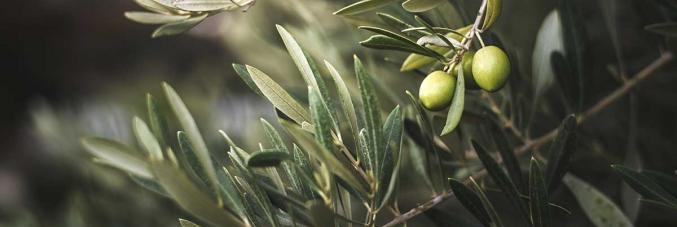
Unipd Research. Health from olive trees: oleuropein stimulates mitochondria and combats muscle aging
29.11.2024
An international research team led by the University of Padua has demonstrated that oleuropein, a molecule found in olive leaves, can counteract the decline in mitochondrial functionality associated with muscle aging.
The study "Mitochondrial calcium uptake declines during aging and is directly activated by oleuropein to boost energy metabolism and skeletal muscle performance," published in the prestigious journal «Cell Metabolism», was conducted by Gaia Gherardi, Cristina Mammucari, and Rosario Rizzuto from the Department of Biomedical Sciences at the University of Padua, and by Anna Weiser, Jerome Feige, and Umberto De Marchi from the Nestlé Institute of Health Sciences in Lausanne. It also involved additional researchers from the University of Padua, particularly from the Departments of Pharmaceutical Sciences and Biology.
"Aging leads to a gradual loss of muscle mass and strength. In some individuals, this condition manifests more severely, resulting in a pathology known as sarcopenia, which increases the risk of falls, fractures, and loss of autonomy, with serious repercussions on quality of life," explains Cristina Mammucari, corresponding author of the study. "Sarcopenia is caused by a combination of factors, including the deterioration of mitochondria, the 'powerhouses' of the cells. These organelles play a crucial role in producing the energy necessary for muscle contraction."
"Our research led us to observe that with age, calcium transport into the mitochondria decreases, a crucial step for their activation," says Gaia Gherardi, first author of the research. "This deficit compromises the functionality of skeletal muscle. Among over 5000 natural molecules analyzed, oleuropein stood out for its ability to enhance calcium transport into the mitochondria, thereby improving energy production and muscle performance in both adults and the elderly."
Oleuropein, found in olive leaf extract—already marketed as a dietary supplement for human use—is also present in olives and olive oil, although in smaller quantities.
These results pave the way for promising potential therapeutic applications, offering new perspectives in the fight against disorders related to muscle ageing.



